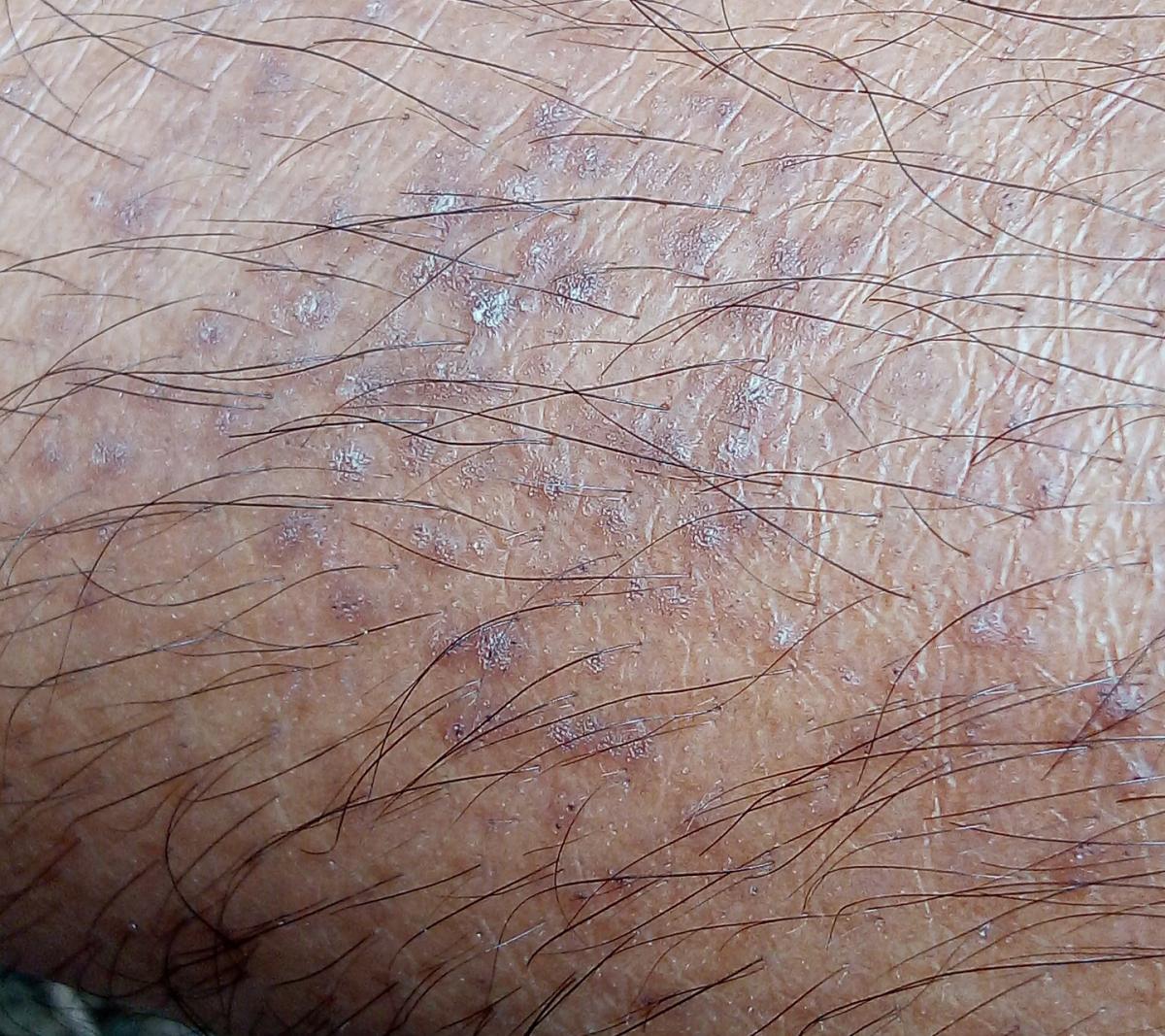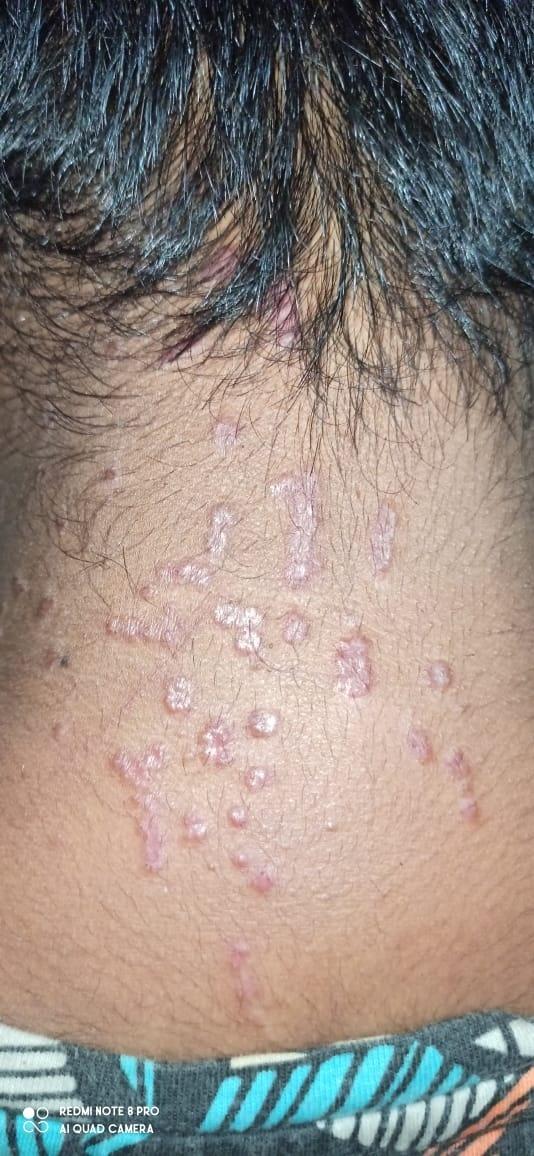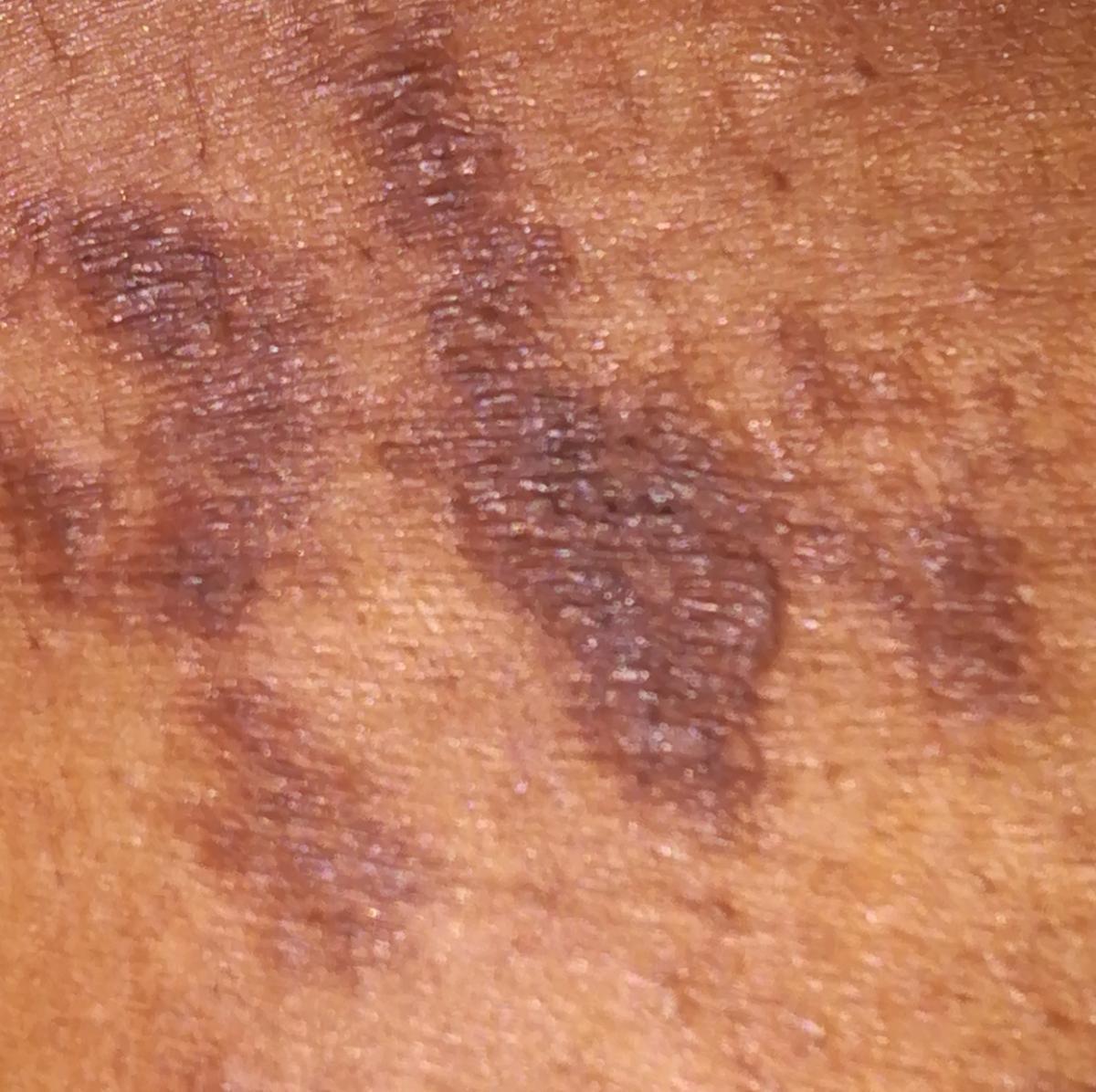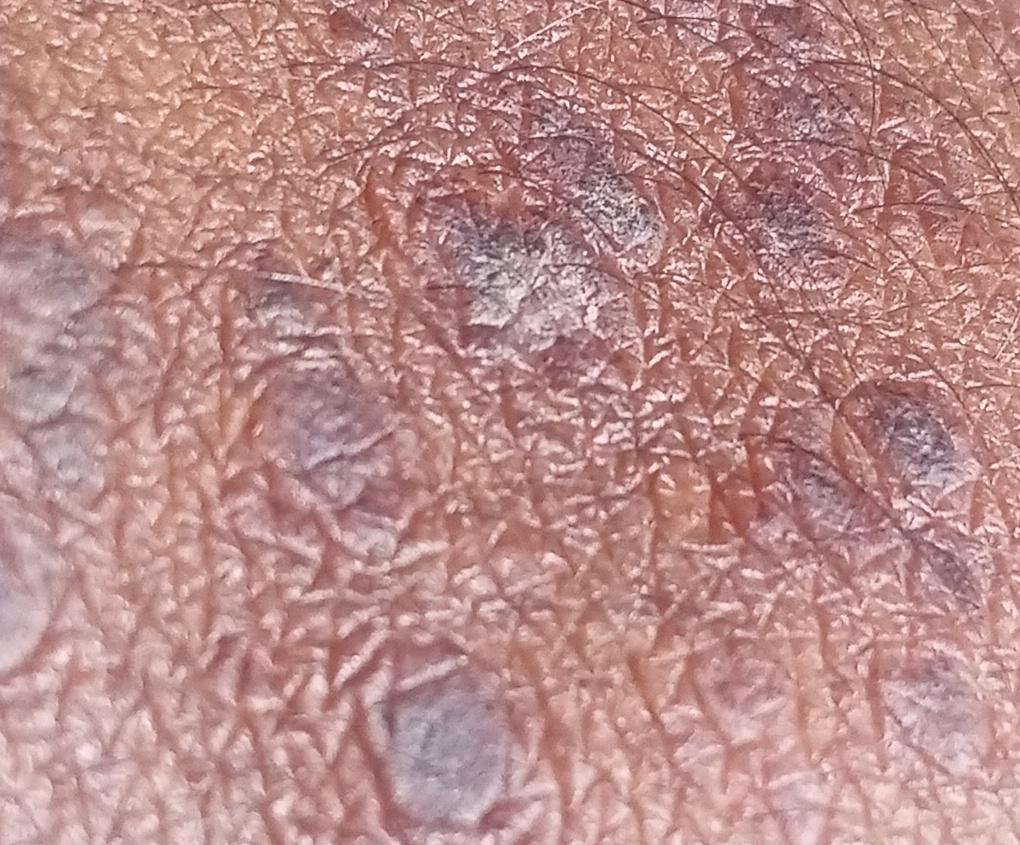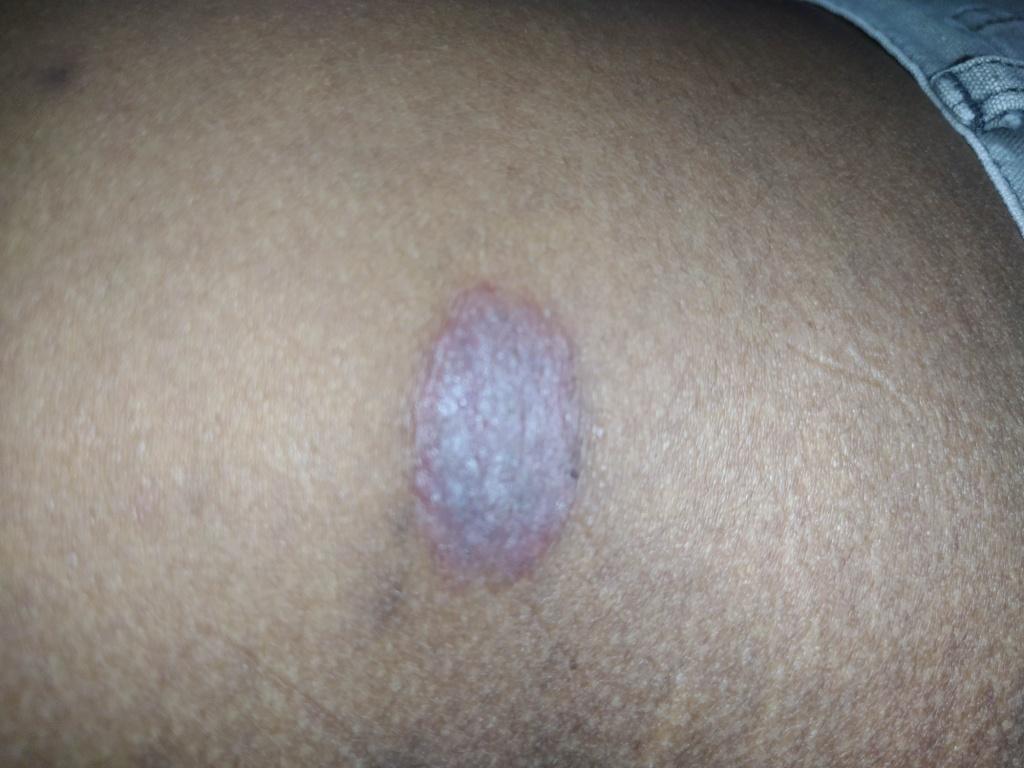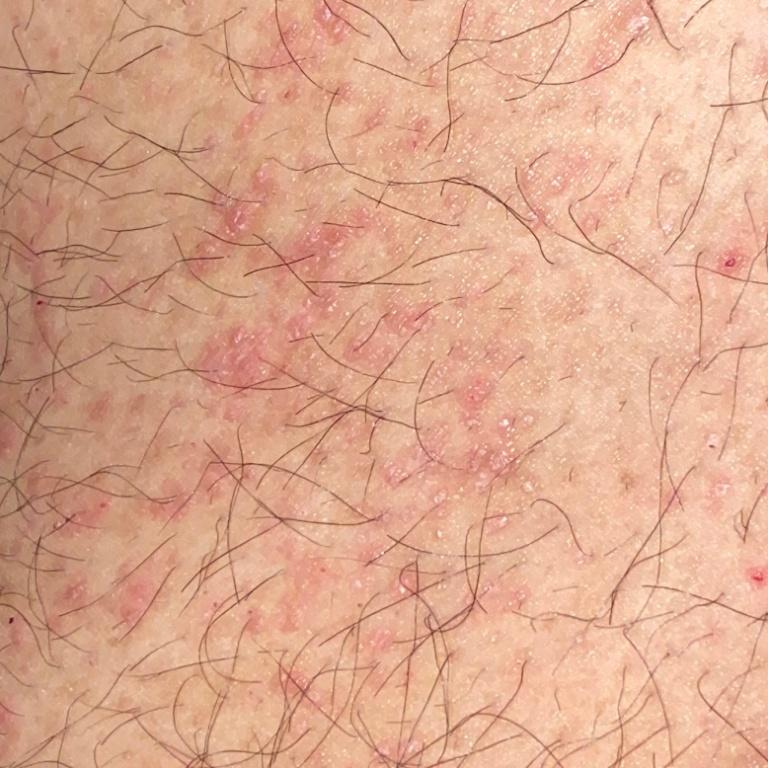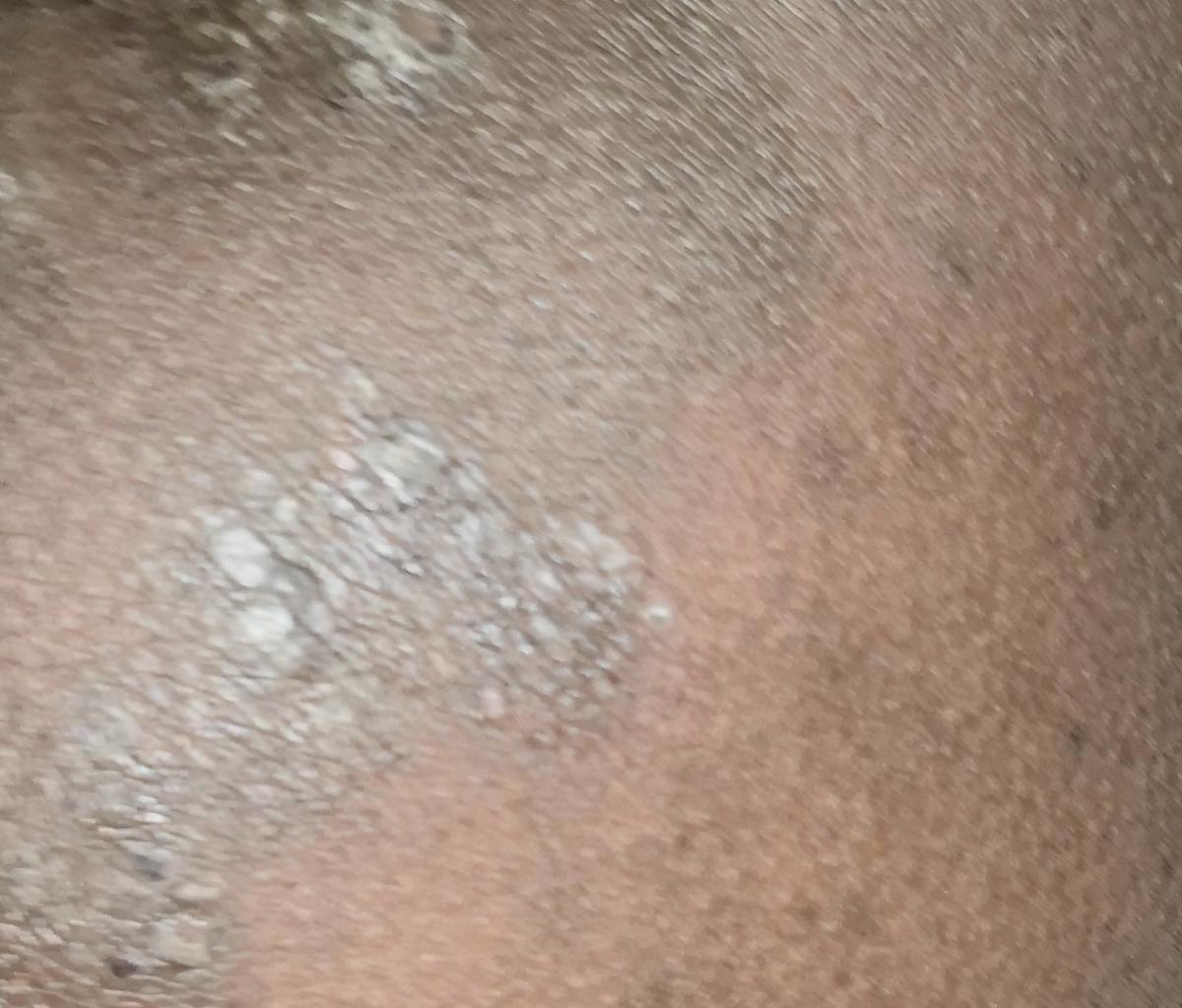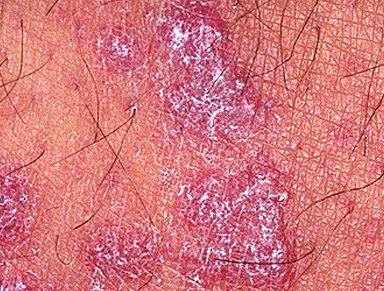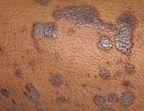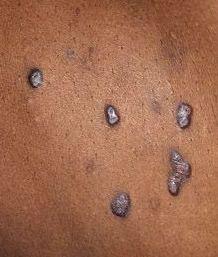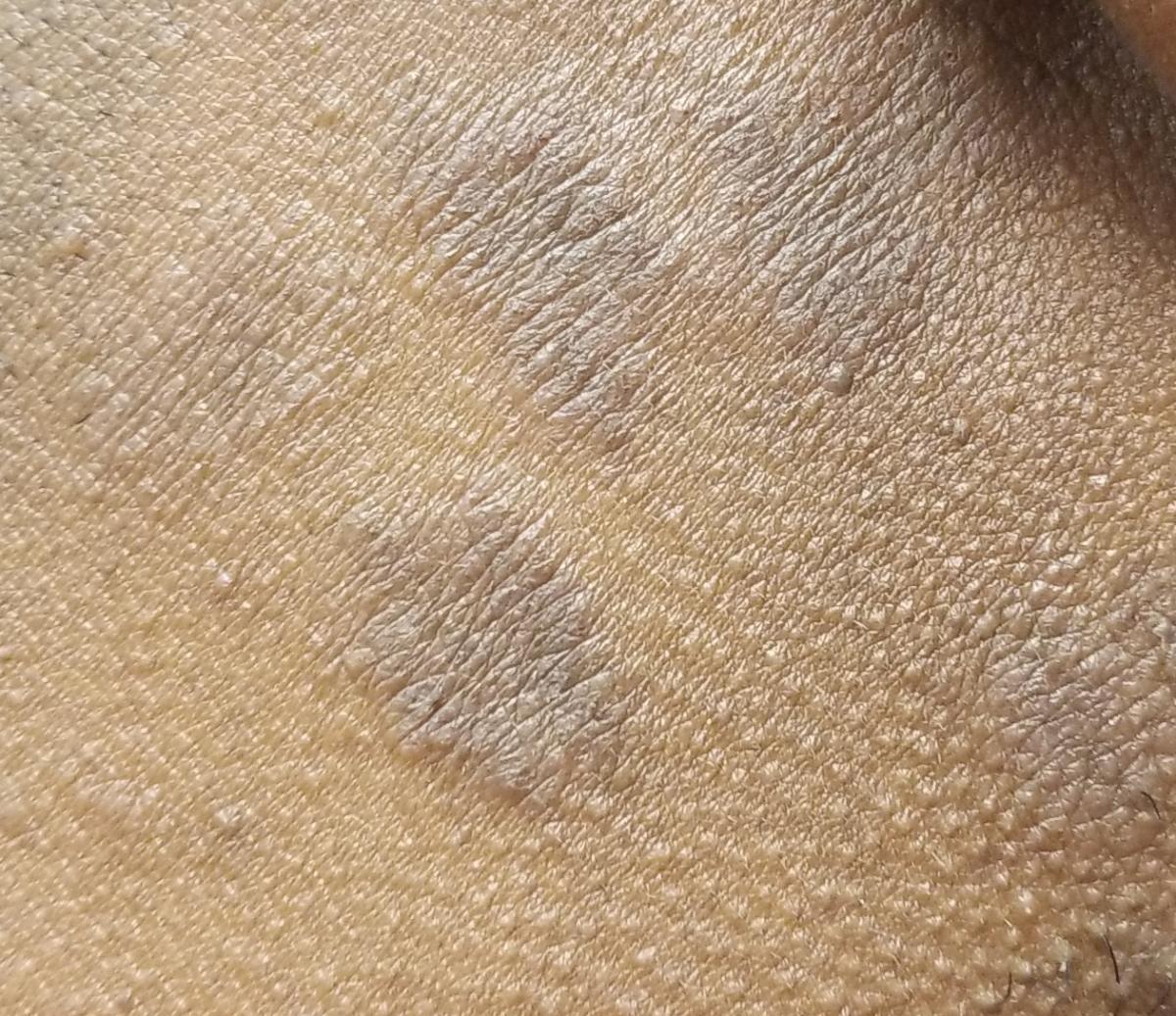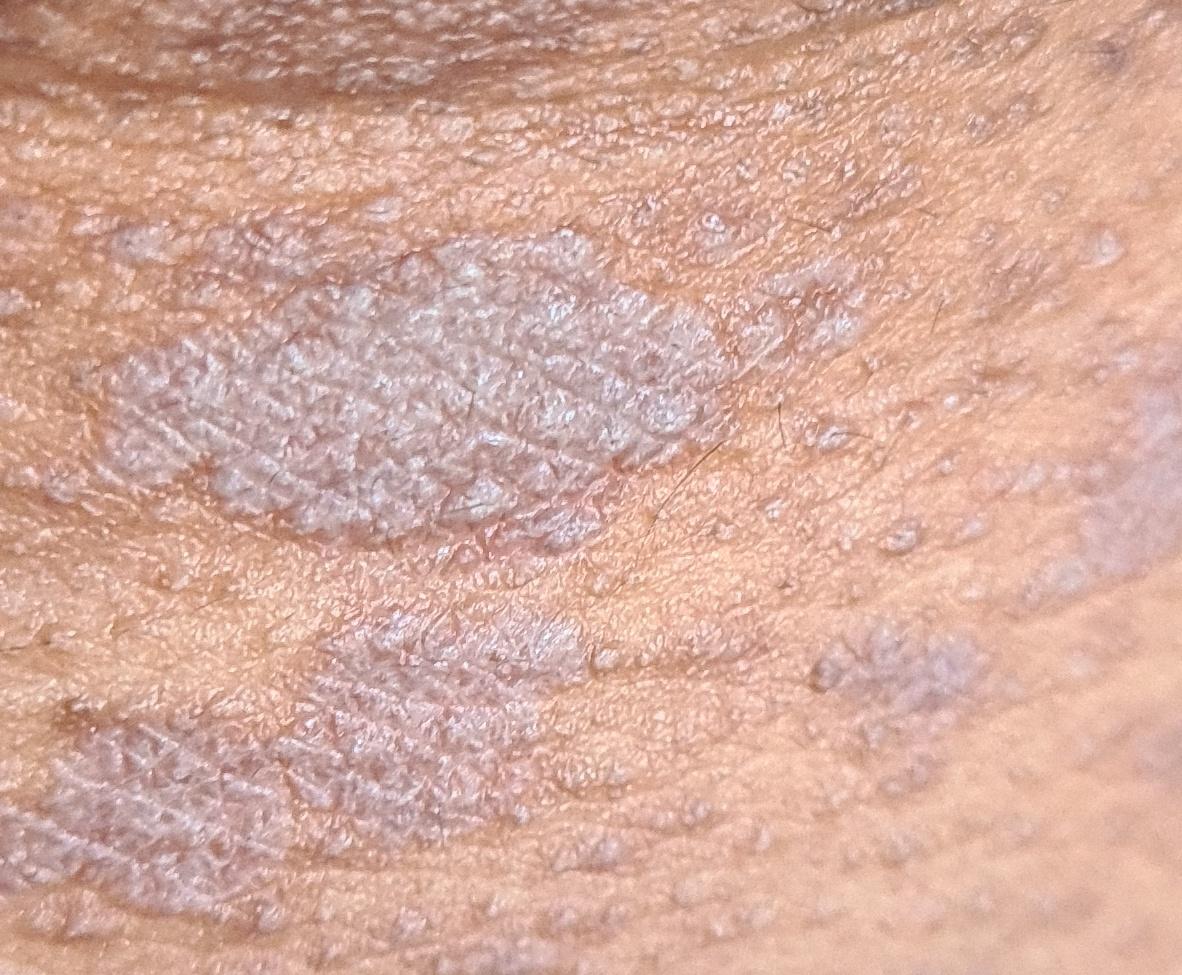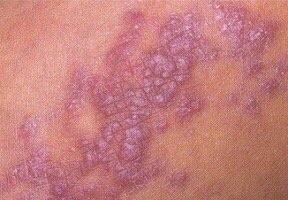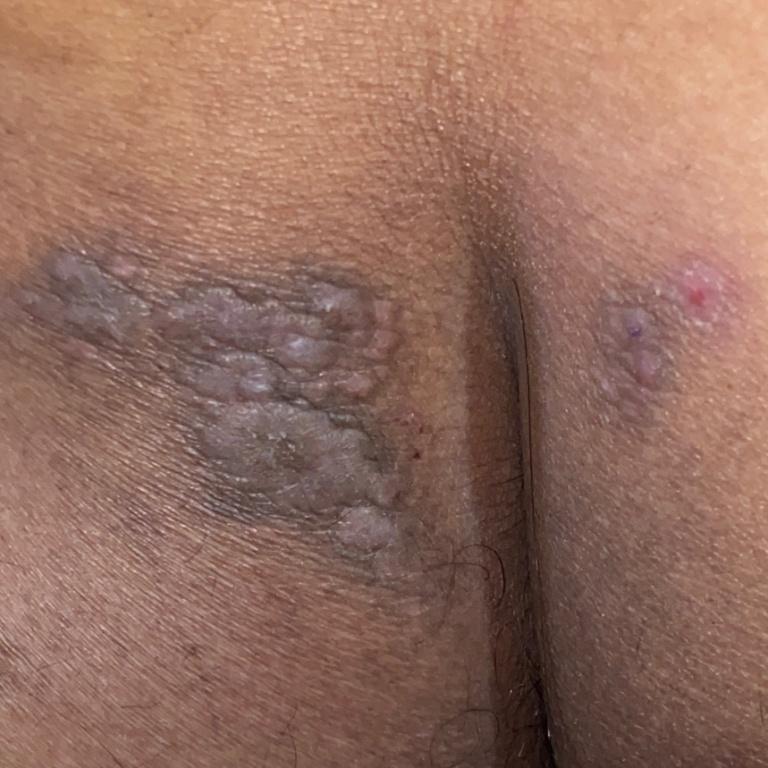Lichen planus (LP) is an inflammatory skin disorder characterized by an itchy, non-infectious rash on the hands and feet. The rash consists of small, multifaceted, flat, pink or purple papules with a flat surface.
Causes of lichen planus
The definite cause of lichen planus is unknown. The following are considered as possible triggers for the appearance of the LP:
- Hepatitis C virus;
- Certain medicines, including some medicines for the treatment of hypertension, diabetes, coronary heart disease, and malaria;
- Toxic effects of heavy metals;
- Autoimmune diseases.
Symptoms of lichen planus
Lichen planus symptoms vary depending on which part of the body is affected.
With skin lesions, the most common symptom is the presence of shiny red or purple papules 3-5 mm in symmetrical areas of the body. The number of elements of the rash can vary from single to multiple. Papules, as a rule, are somewhat harder than the surrounding skin, and itching of varying degrees of intensity may be present in their area. On the surface of the papule, peeling or whitish striation (Wickham striae) can be found. Edges are uneven, polycyclic.
The rash occurs anywhere but is most common on the wrists, arms, back, and ankles. More pronounced, thickened scaly patches may appear on the shins and ankles. One of the characteristic signs of LP is the appearance of new elements of the rash on the injured skin areas (scratches, abrasions, bites, etc.). Elements of the rash can coalesce to form large lesions.
When the oral cavity is affected, lichen planus looks like lacy spots of small white dots. These spots can appear on the inside of the cheeks or on the tongue. In severe cases, itching, soreness, redness of the surrounding mucous membrane, ulceration join.
Lichen planus can also appear on the nails of the hands and feet. Both individual nail plates and all nails are affected at the same time. Thinning, splitting, deformation up to destruction of the nail plate is observed.
On the scalp, lichen planus is manifested by reddening of the skin, the appearance of red pinpoint papules, and itching. In some cases, the hair may start to thin out. In advanced cases, there is focal alopecia (lack of hair).
In the genital area, lichen planus causes bright red painful spots or papules.
Differential diagnosis
A rash with lichen planus may be similar to the rash seen with other skin conditions, including ringworm, tinea versicolor, pityriasis rosea, eczema, and psoriasis.
A similar rash can be a manifestation of intolerance to certain medications or exposure to other toxic substances on the body.
A rash on the palms or soles of the feet can be a sign of a more serious condition than pityriasis rosea. In such situations, a dermatologist’s examination is required.
Diagnosis
A visual examination is often sufficient to diagnose lichen planus. However, the diagnosis process can be difficult if the rash is atypical. If the diagnosis is unclear, additional tests may be done to exclude fungal skin lesions (potassium hydroxide (KOH test) or other diseases (culturing, biopsy).
Treatment of lichen planus
Lichen planus is not a dangerous disease and usually goes away on its own.
If there is severe itching, ulceration (more often it concerns the LP of the oral cavity or genital area), then in this case, symptomatic treatment is prescribed. Special measures are also indicated in the case of localization of LP in the area of the scalp, in order to avoid irreversible hair loss. In these situations, on the recommendation of a dermatologist, the following are prescribed:
- Antihistamines to relieve itching;
- Local steroid drugs to reduce the intensity of the inflammatory process;
- UV light treatment;
- Retinoic acid;
- Tacrolimus or other medicines used for eczema.
There is no specific treatment for lichen planus, as well as the prevention of its occurrence. However, there are a number of measures that allow you to avoid the progression of the rash, reduce its clinical manifestations and improve the quality of life:
- Elimination or minimization of possible skin injuries;
- Timely treatment of already existing skin lesions;
- Avoiding stressful situations;
- With lichen planus of the oral cavity, reduce to a minimum or, if possible, complete smoking cessation, exclusion of alcohol consumption, mild nutrition (exclusion of thermal and mechanical irritants), full oral hygiene.
In the absence of symptoms that worsen the quality of life and cause special discomfort, treatment is not required.
